Of all the attractions and that have existed in West Milford, few were more beloved than Fairly Tale Forest in Oak Ridge, NJ. Whether a class trip or family outing to the park, it was a long awaited and much anticipated event for generations of children. For many years you could spot Fairy Tale Forest Bumper Stickers on Highways all around the Tri-State Area.
The story of Fairy Tale Forest began in 1955 when Paul Woehle, Sr., a German immigrant, built Fairy Tale Forest. The cottages were all designed and made by Woehle and his two sons. There were kiddie rides, magic shows, story-telling, and roaming costumed characters. In addition, there was a gift/candy shop and snack bar in the main building.
A winding path led guests through the woods, and along the way they were able to glimpse key moments from the Brothers Grimm fairy tales. More than 20 cottages sat nestled in the trees, their interiors depicting tableaus from the most famous children’s stories. Woehle completed his project in two years, and it opened to the public in 1957.
In winter, the forest was decorated to bursting with lights, transforming it into a winter wonderland the likes of which can nowadays rarely be found outside of story books. Those visiting the forest in winter could expect to be greeted by Frosty the Snowman and a cup of hot chocolate. Santa Claus awaited eager youngsters in his Christmas House, and gently interrogated each for his or her Christmas wishes
In many ways the 1950s and 1960s were golden years at the park, and it was filled with locals, summer residents and folks visiting for the day. Fairy Tale Forest was a favorite spot for school, business and church outings. The park seemed to fill a perfect niche at Oak Ridge .
But America was changing and by the 1970s, Fairy Tale Forest was feeling the competition from larger parks as well as the slowing of the baby boom. Other parks had already succumbed –Jungle Habitat closed in 1976 and Acton Park appeared with it’s Alpine Slide and Water Park. Visitors began to feel that the attraction was becoming dated and in 2003 the dwindling visitors eventually forced the park to close.
In 1993, pop star Mariah Carey utilized the park as a location for the music video, ”All I Want for Christmas Is You”. Outdoor scenes were shot at the Fairy Tale Forest, where Carey’s then-husband Tommy Mottola made a cameo appearance as Santa Claus
Today, there is talk that in a dark patch of woods scattered with bits of decomposing nostalgia. Against what seems like all odds, Fairytale Forest may be reborn in 2016, with the grounds once again helmed by a member of the founding family. Those who remember Fairytale Forest as it was may bring have the opportunity to bring their own children to experience the wonder found in that patch of woods in Oak Ridge, New Jersey.
Original Antiquities Echoes Article Appears at: https://antiquityechoes.blogspot.com/2011/07/fairytale-forest.html

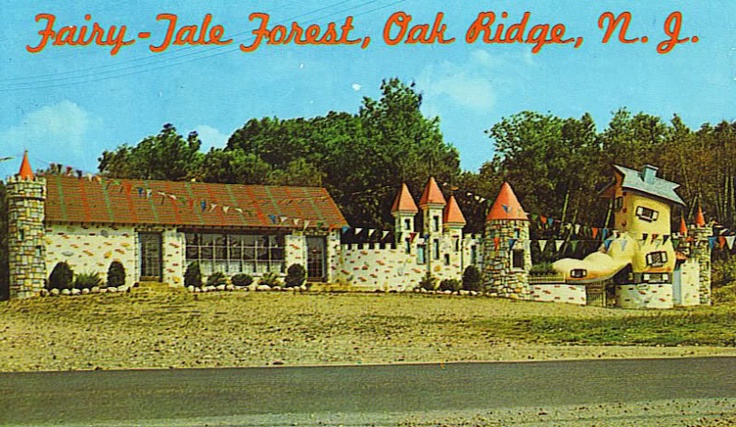
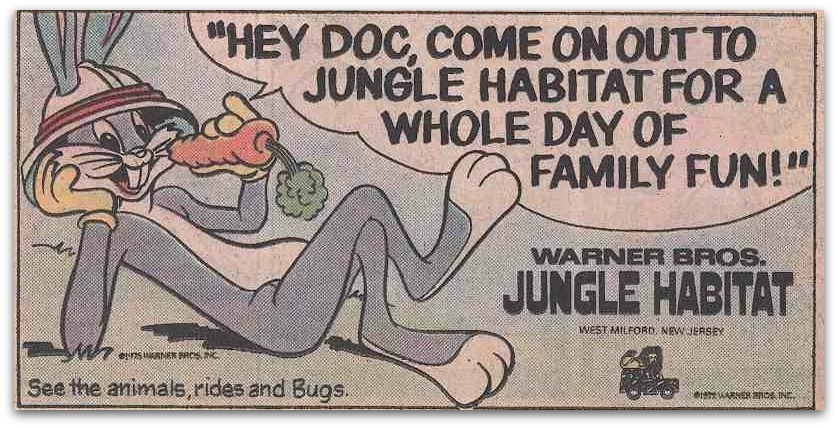

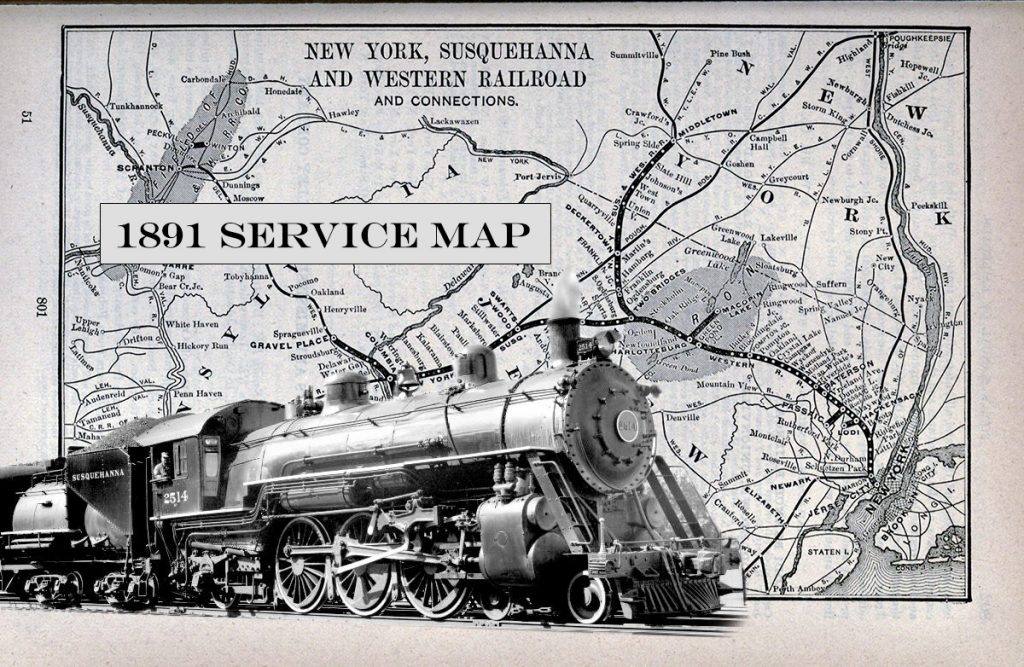
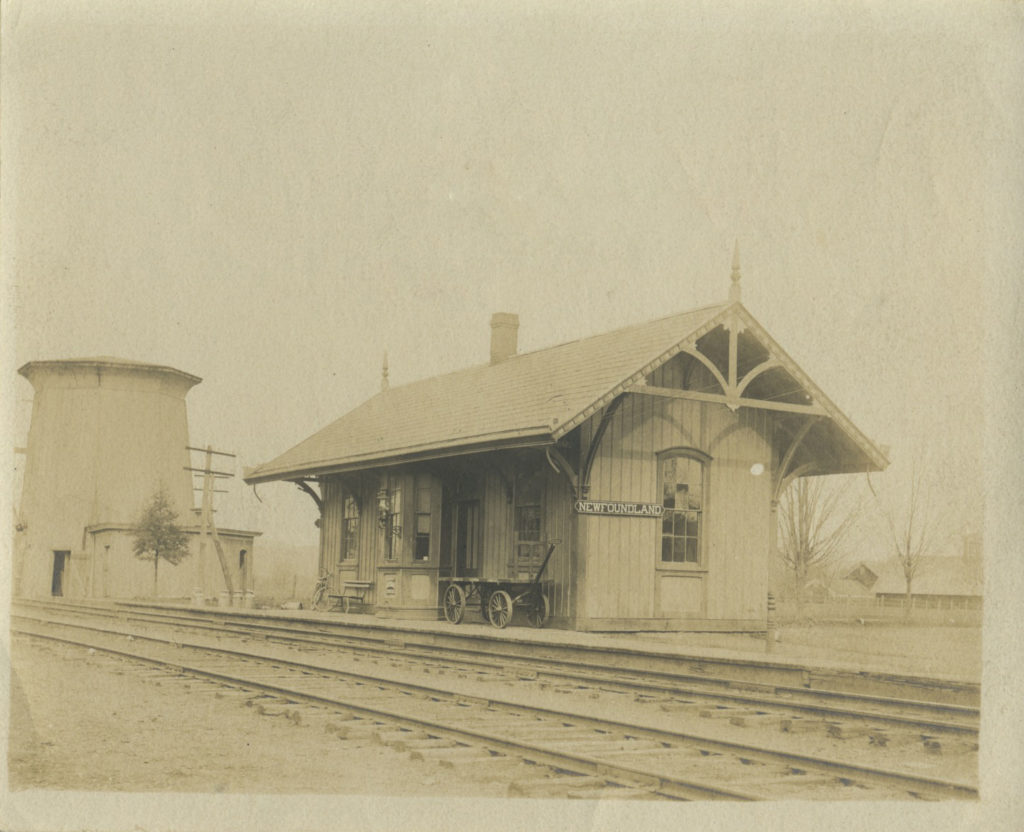
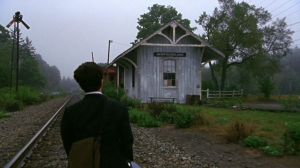 In 2003, The Station Agent an American comedy-drama film written and directed by Tom McCarthy. Was filmed along the former tracks of the Susquehanna in Newfoundland. It stared Peter Dinklage as a man who seeks solitude in an abandoned train station in the Newfoundland.
In 2003, The Station Agent an American comedy-drama film written and directed by Tom McCarthy. Was filmed along the former tracks of the Susquehanna in Newfoundland. It stared Peter Dinklage as a man who seeks solitude in an abandoned train station in the Newfoundland.